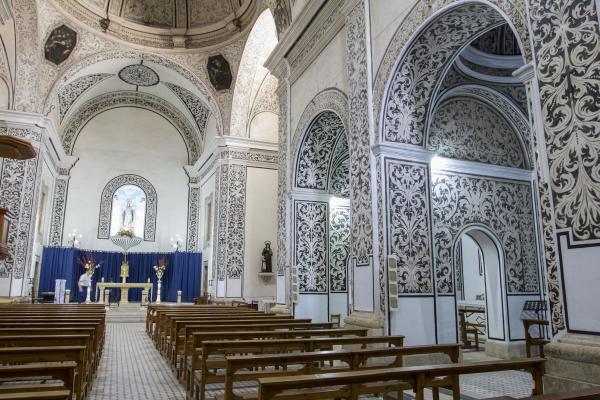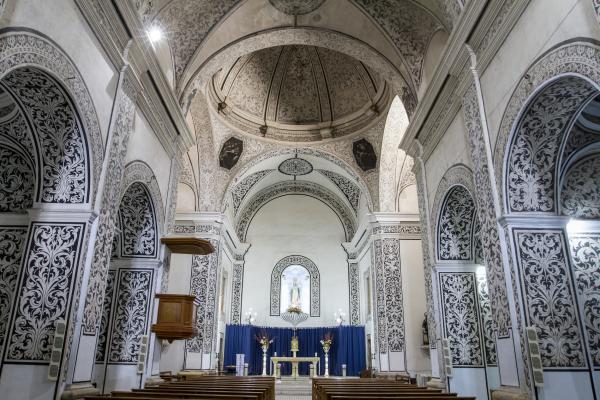The Convent de Sant Rafael (Saint Raphael’s Convent) dates from the late seventeenth century and has several times functioned as a school and a hospital. The origin of its name is a recognition of its benefactor, Rafael Ripollès (1575–1635). Since its foundation, two religious orders have inhabited the convent: the Carmelites and the Sisters of St Paul.
Keywords: convent, Rafael Ripollès, hospital, nineteenth century.
Rafael Ripollès
Rafael Ripollès (1575–1635) was a wealthy merchant from La Selva who, thanks to his extensive family heritage, began a campaign as benefactor to the Església de Sant Andreu (Saint Andrew’s Church) and to building the Convent de Sant Agustí (Saint Augustine’s Convent), of which he was its most prominent sponsor. Ripollès’s financial support of the convent’s construction was key in its dedication to Saint Raphael.
The convent
The project of the convent is the work of the draughtsman from Valls, Josep de la Concepció. His works were used in other religious constructions around Catalonia, such as the Capella del Santíssim de la Prioral (Holiest Priory Chapel) in Reus and the Josepets Parish in Gràcia, Barcelona. The works were started in 1636 and delayed until 1658, when the first stone of the church was laid. By late 1667, the community of Barefoot Carmelites of Saint Raphael’s Convent was installed and work on the convent was declared finished on 19 February 1696.
The convent in the nineteenth and twentieth centuries
Monastic life in Saint Raphael’s Convent continued without interruption until 1835, when the Carmelite brothers abandoned the site due to the anticlerical uprising that started in Reus. In 1847, the Town Council decided to transfer the Hospital de Santa Llúcia (Saint Lucy’s Hospital) to Saint Raphael’s Convent, allowing the Paulist nuns living there to remain, and in addition to undertake girls’ education.




